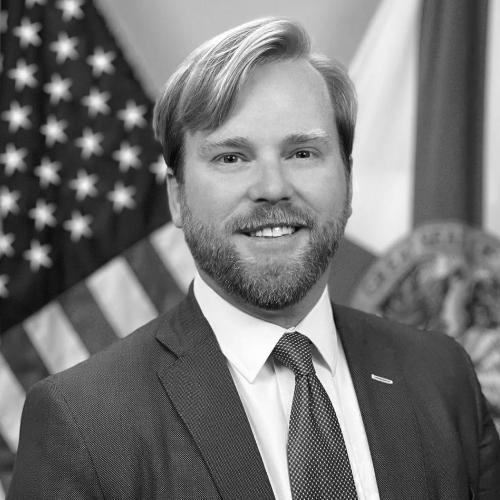When it comes to the future of digital services offered by state agencies, state chief information officers say almost unanimously that they’re striving to make improvements.
Eleven CIOs told StateScoop they want services that are easier for people to access, less time-consuming and better aligned with their governors’ goals. But within that common theme are variations in vision and execution that could lead states to vastly different outcomes.
Improving digital services across an enterprise as vast as a state government is a large open-ended project, the CIOs said. The degree to which states succeed at this universal endeavor will be heavily influenced by the precision of thinking and weight of influence that their CIOs can bring to bear on their digital services initiatives.
Here’s what state CIOs told StateScoop when asked about their aspirations for digital services.











